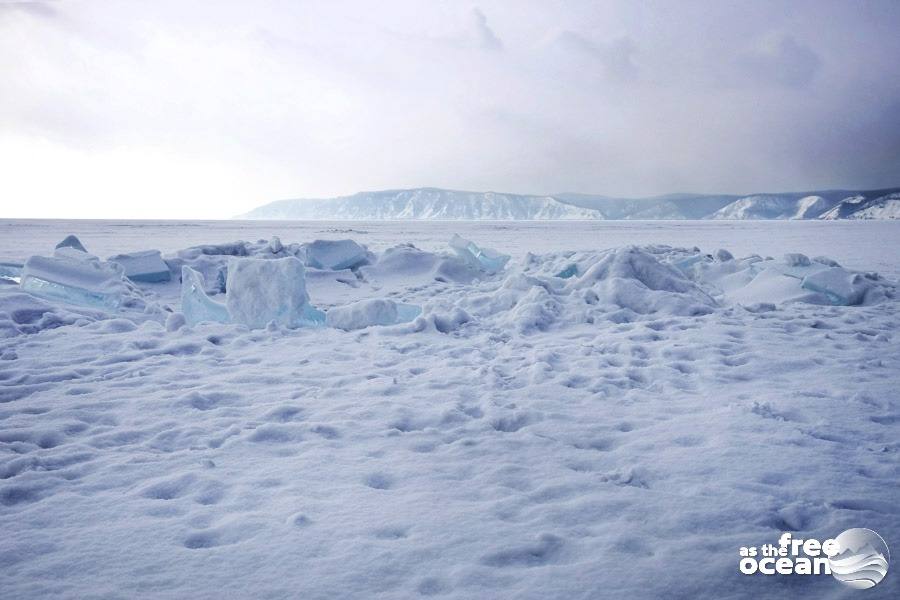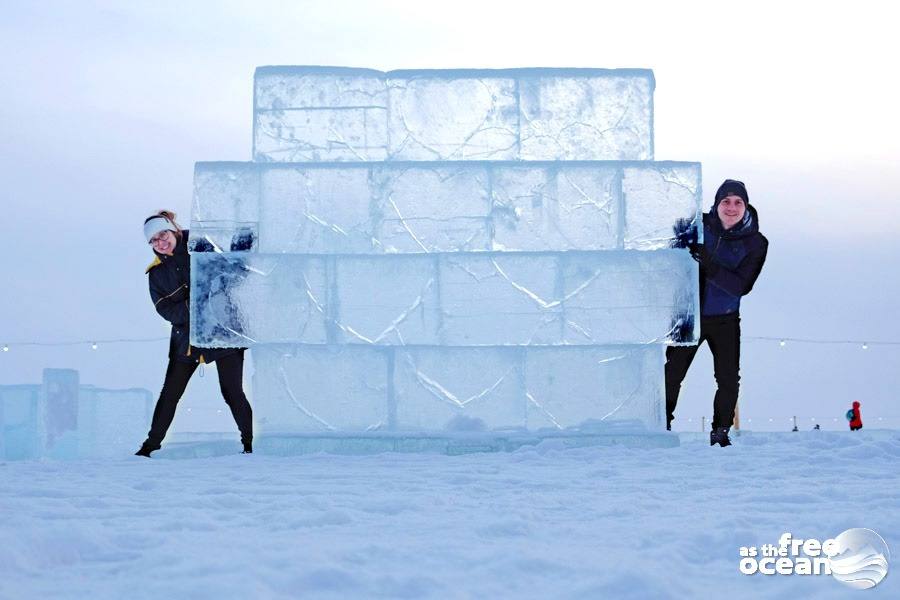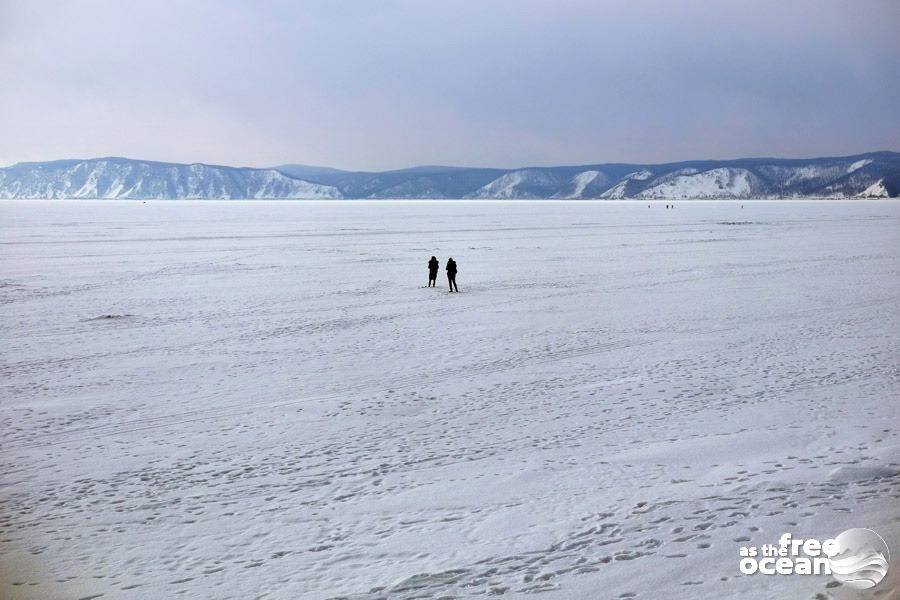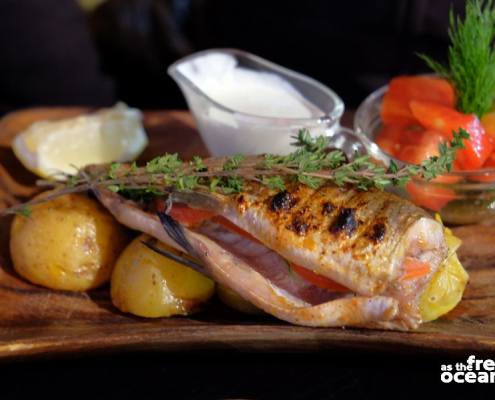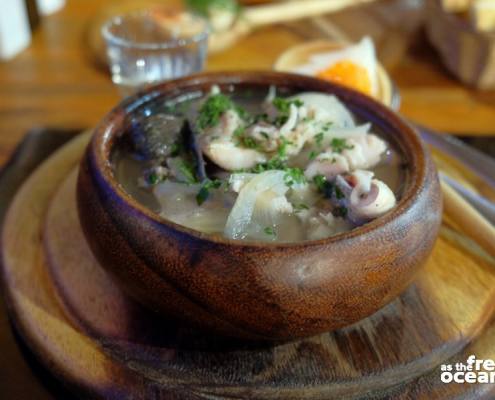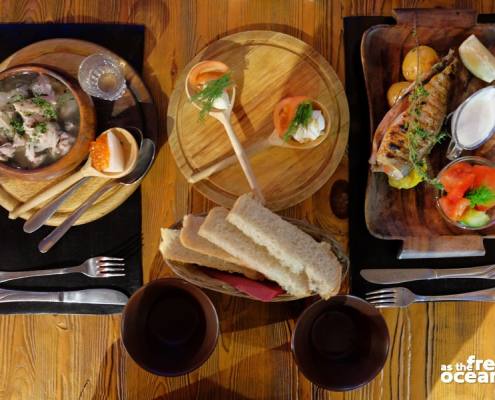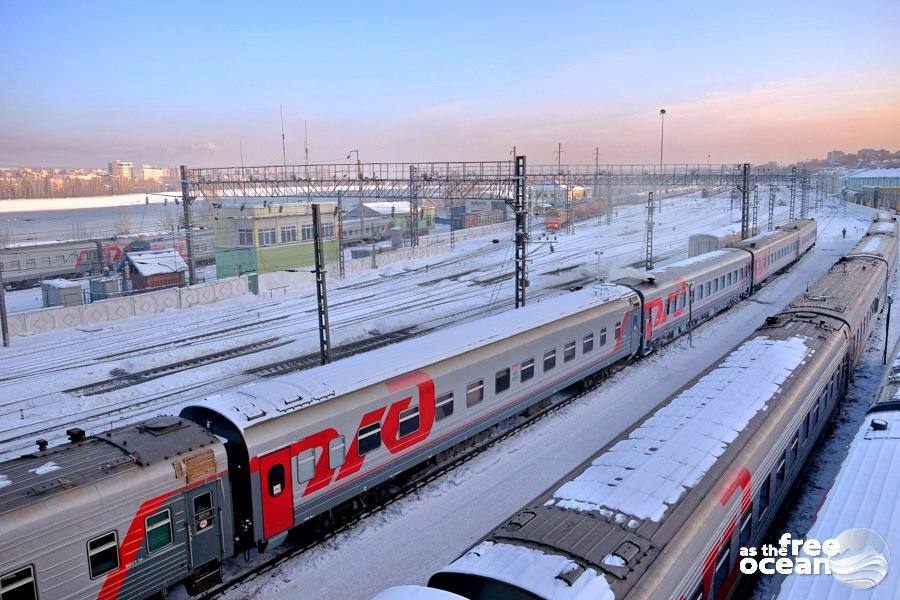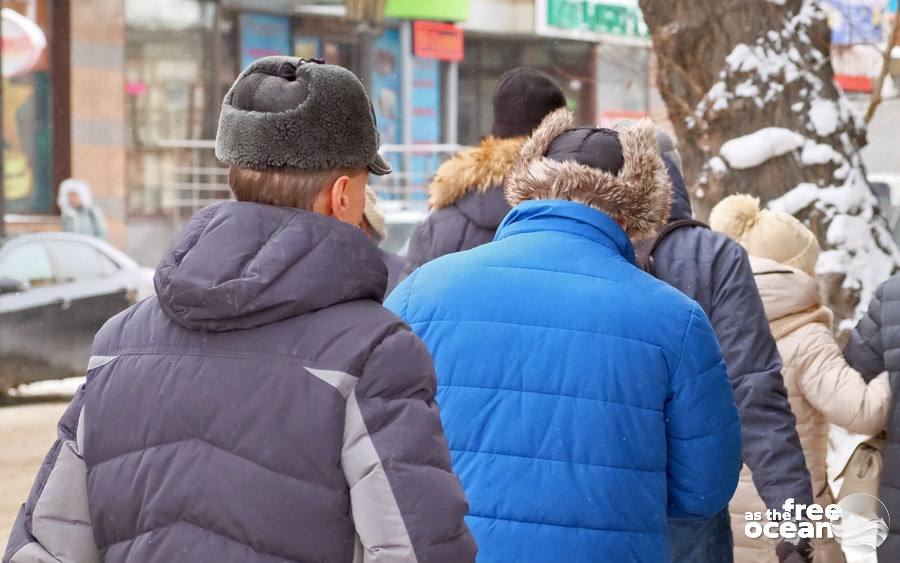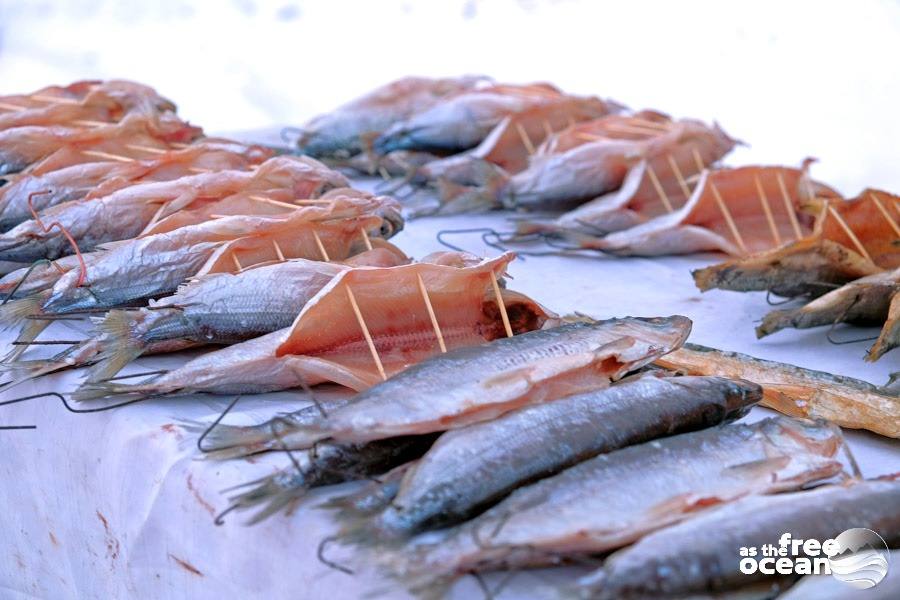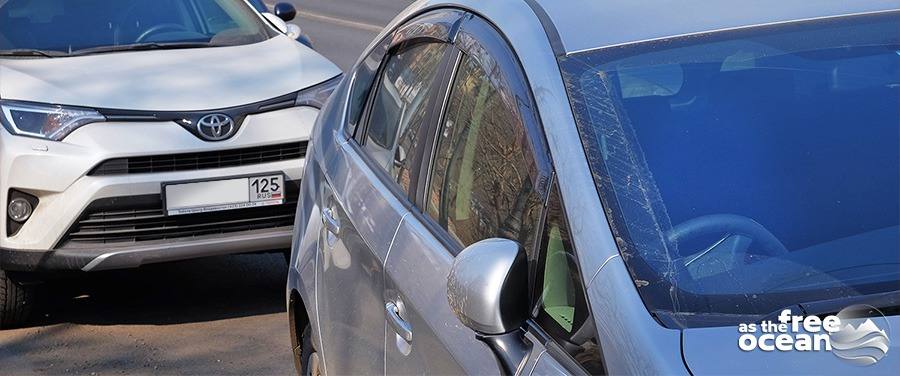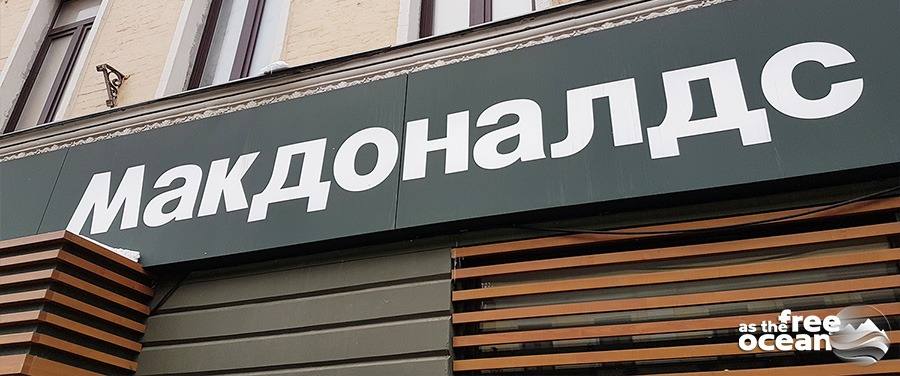At the end of our 4 days trip onboard the Trans-Siberian we arrived at a busy train station. It was cold and dark outside. Traveling by train across the Russian Federation is entertaining enough to compensate for the limited space and comfort, but at this point of our journey we were happy to finally sleep in a more comfortable bed and enjoy a proper shower. We crossed already the border into the Asian continent towards the wide Siberian steppes and finally arrived in Irkutsk, our gate to the Baikal Lake.
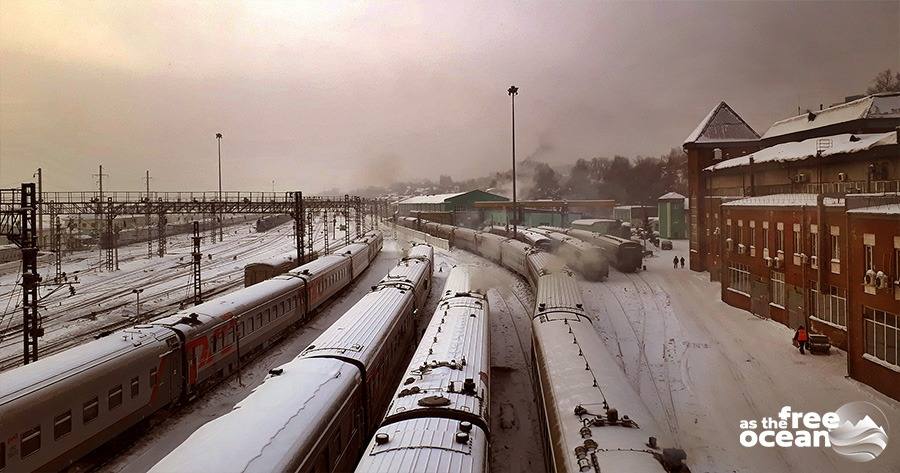
The city of Irkutsk
Irkutsk is the sixth-largest city in Siberia, the capital of the Irkutsk region and the commonly named capital of Eastern Siberia. This historically important city is, by far, the most popular stop on the Trans-Siberian Railway between Moscow and the east border of the country, but also the connection point with the road towards Mongolia.
We were lucky enough to find sunny weather there, but even so we needed to hide quite often from the -14 degrees that were making our walk through the city a difficult challenge. It all felt very different from Moscow. We observed how much the architecture changed compared to the buildings in the capital and we could see a deep contrast between the old and new Irkutsk. Old houses, old buses and monuments of the past were taking us back in time, to the years when historical facts made the life of the people living here change a lot. In the early 19th century, during and after the Decembrist revolt against Tsar Nicholas I, people of varying backgrounds were sent into exile in Siberia, influencing the cultural and educational development of this city. Colorful motifs are widely spread and easily visible, especially on the old houses, that are considered historical monuments. But these houses don’t look like they are being taken care of, as if people are just waiting for them to fall so that new buildings will take their place.
We could see people moving everywhere, from the very early hours of the day till later in the evening, making us understand how busy and crowded the city is. Luckily we had to deal only with the local crowd, as the touristic season was still far in time from starting. We wanted to experience Siberia and the Baikal during winter, but, if locals had it easy to adapt to the extreme temperatures, we felt like being more vulnerable to it than we previously thought. So we didn’t feel sorry for leaving the city just three days later and embark again on the train that would bring as to our final destination in Russia.
What to do in Irkutsk
What we enjoyed most about Irkutsk? First of all the cold, hard to bear but beautiful winter. We wandered for several hours on the busy streets, but we admit that winter in Russia looks more beautiful from the window of a warm room or coffee place. But, despite the low temperatures, the sun was kind enough to show itself from time to time, which was enough to boost our determination to continue walking and discover as much from the city as we could.
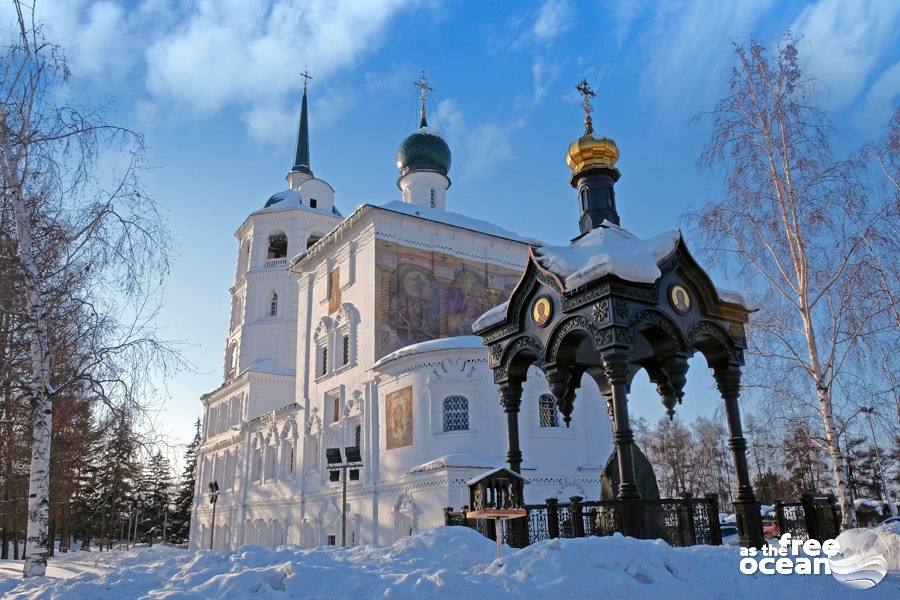
We also found joy in exploring the city, the busy streets, the colorful houses and the touristic spots without tourists.
We visited several landmarks, like the Epiphany Cathedral, the Kirov Square, the Academic Drama Theater, the Clock Tower, the Red Catholic Church and the Church of the Saviour. The best view of the city we got from the bridge above the Angara River, that separates the city into two parts, customarily referred to as the “left bank” and the “right bank”.
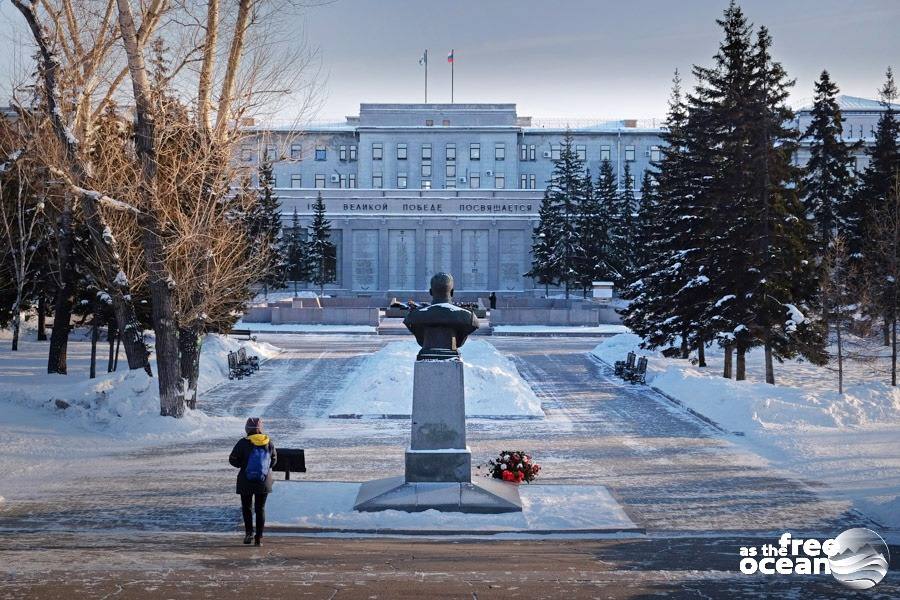
One of the three days spent in Irkutsk we dedicated to exploring the Baikal Lake, which was only 69 km away from us, easy reachable by bus. More about our experience at the Baikal Lake you can read here or if you would like to see more pictures click here.

